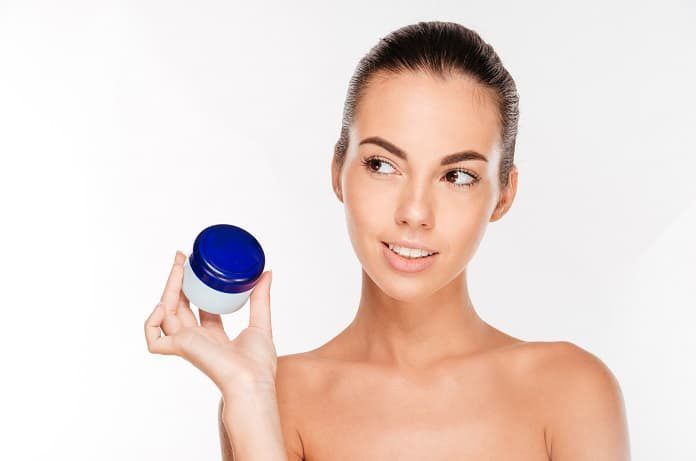A built-in defense mechanism in certain plants may be an interesting solution to the search for skin whitener agents that are effective yet free of any side-effects.
Fairer skin colour is considered a standard of beauty for many Asian cultures; hence the proliferation of numerous skin whitener products that promise “lighter, more radiant skin” in the market. But aside from the aesthetic, hyperpigmentation from sunlight exposure is also considered a health concern. In the Caucasian population, the abnormal deposition of the pigment melanin can result in numerous conditions, from the ubiquitous age spots in the elderly to more distressing conditions like melasma (a discoloration of the face).
When ultraviolet (UV) radiation hits the skin, it sets off a cascade of reactions resulting in the production of the pigment melanin. This pigment effectively absorbs the potentially harmful effects that UV radiation can bring to the DNA. The downside to this protection is that the skin tans and darkens as a result of the increased melanin production.
While genetics and ethnicity determine the amount of melanin produced, the processes involved are the same for all skin types. The enzyme tyrosinase has been identified the mediator responsible for the delivery of melanin to the skin cells, and skin whitener products work by blocking tyrosinase from doing its work. Some of these whitening agents like kojic acid of hydroquinone have also been shown to have harmful effects like skin rashes or uneven discoloration. Hence the continuing search for safer and equally effective formulations.
The root systems of the plants belonging to the Brassica Rapa family are known to inhibit tyrosinase production. For these plants, it serves as defence against any predatory bacteria or fungi that rely on melanin production for growth and reproduction. Taking advantage of this natural protective mechanism, scientists are trying to determine if this can also work in slowing down pigmentation in the human skin.
A recent study published in the Journal of Cosmetic Dermatology examined whether extracts from the Brassica Rapa family could safely bleach skin. A chemical extract derived from the roots of the Chinese cabbage plant (Brassica Rapa Pekinensis) was applied on laboratory-cultured human skin; this was also done on normal skin that was surgically removed for other procedures. The study found that application of the root extract results in significant decreases in both tyrosinase activity and actual melanin production and that this effect persisted even with exposure to UV radiation. And while the initial results indeed hold promise in terms of skin lightening, researchers also foresee applications in skin conditions that result in uneven or disfiguring pigmentation like melasma and vitiligo.
The demand for cosmetics that enhance skin colour is unrelenting, and with possible health concerns from hyperpigmentation, the need for safer products is all the more imperative. Hopefully, with further studies, the commercial and clinical applications of this root extract can be fully realized, which will indeed benefit a great number of patients and consumers, fair or otherwise.
Written by Jay Martin, M.D.
Reference:
Sena, et al. “Brassica rapa hairy root extracts promote skin depigmentation by modulating melanin production and distribution”. Journal of Cosmetic Dermatology. 2017. Doi: 10.111/jocd.12368.



